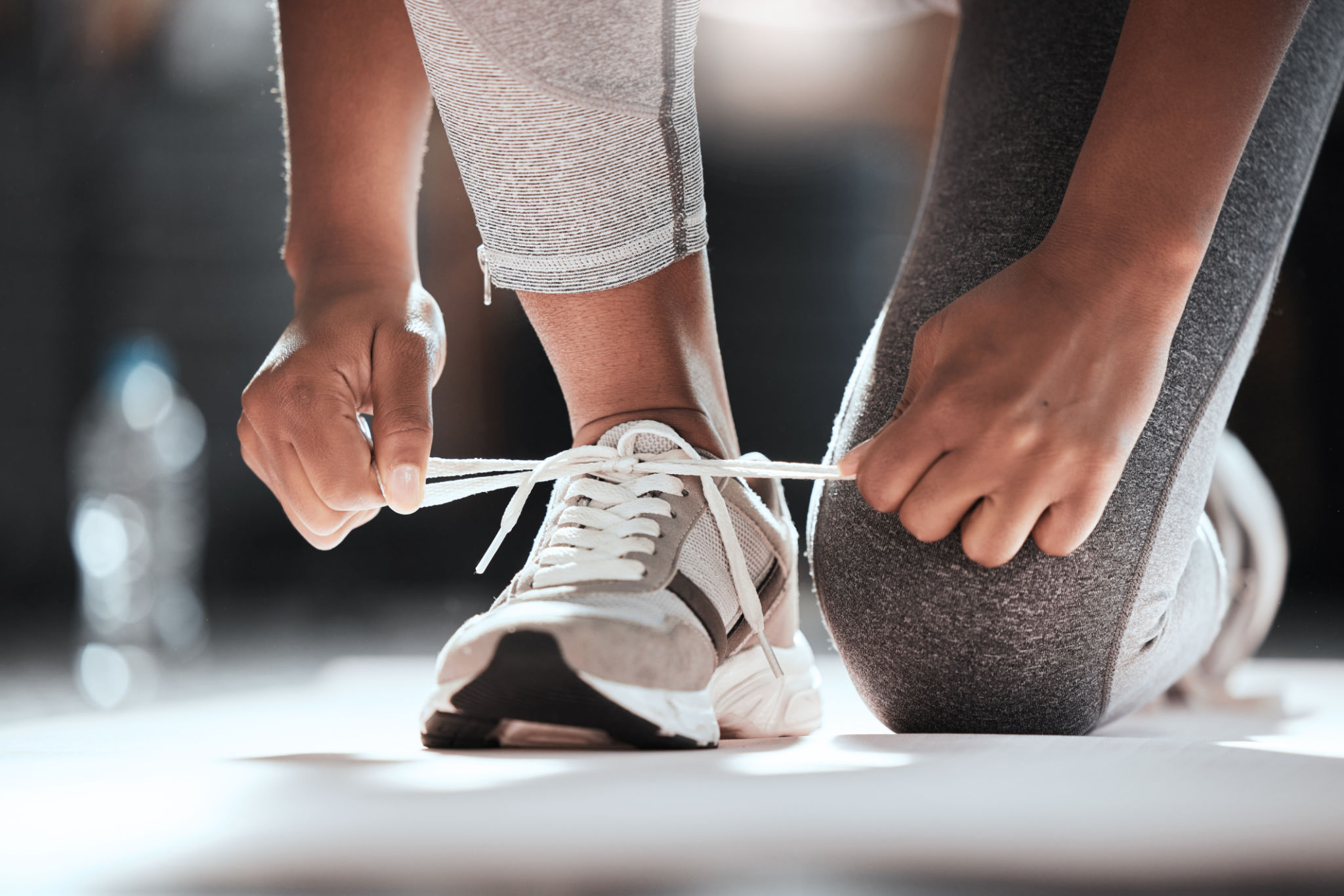The Ultimate Guide to Sports Photography in Aubrey
Understanding the Basics of Sports Photography
Sports photography is an exciting and dynamic field that captures the thrill and emotion of athletic events. In Aubrey, where sports culture is thriving, mastering this art can be incredibly rewarding. Whether you're photographing a local football game or a high-energy basketball match, understanding the basics is crucial.
The first step is to familiarize yourself with your camera equipment. A DSLR or mirrorless camera with a fast shutter speed is essential to capture the rapid movements in sports. Additionally, investing in a telephoto lens can help you get closer to the action, even if you're shooting from a distance.

Choosing the Right Settings
Once you're comfortable with your gear, the next step is to adjust your camera settings. In sports photography, using a fast shutter speed is key to freezing motion. Aim for at least 1/1000th of a second to capture sharp images of athletes in action.
Another important setting is the aperture. A wide aperture (small f-number) allows more light to enter the lens, which is beneficial for shooting in low-light conditions such as evening games or indoor sports. It also helps in achieving a blurred background, making the subject stand out.

Mastering Focus Techniques
Focusing is one of the most challenging aspects of sports photography. Continuous autofocus (AF-C) mode is ideal for tracking moving subjects. This setting ensures that your camera maintains focus on the athlete as they move across the field or court.
Additionally, utilizing back-button focus can give you more control over your focusing process, allowing you to separate focusing from the shutter button. This technique is particularly useful for anticipating action and capturing decisive moments.
Composing Your Shots
Composition plays a significant role in sports photography. To create visually appealing images, consider the rule of thirds, which involves dividing your frame into a grid and placing your subject along these lines or intersections.
Another effective technique is to capture a sequence of shots that tell a story. This approach can convey the intensity and progression of the game, providing a more comprehensive view of the event.

Post-Processing Tips
After capturing your images, post-processing can enhance their overall impact. Basic adjustments such as cropping, contrast, and saturation can make a significant difference in how your photos are perceived.
For sports photography, consider using software like Adobe Lightroom, which offers tools specifically designed for enhancing action shots. Pay attention to sharpening details and adjusting exposure to ensure your images are vibrant and clear.
Building a Portfolio
Creating a portfolio is essential for showcasing your sports photography skills. Select your best images that highlight a variety of sports, angles, and compositions. A well-rounded portfolio can open doors to opportunities such as freelance assignments or collaborations with local sports teams.

To gain recognition in Aubrey's sports community, consider sharing your work on social media platforms and engaging with local sports fans and photographers. Networking can lead to valuable connections and potential clients.
By following these guidelines and continuously practicing, you'll be well on your way to becoming a proficient sports photographer in Aubrey. Embrace the challenge and enjoy capturing the exhilarating world of sports through your lens.
